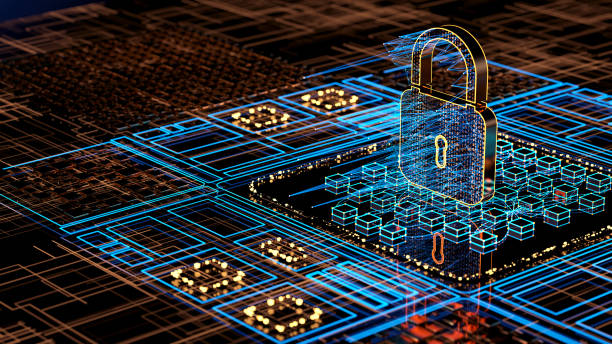The Definition of Sharding
This can be defined as the process of breaking up a database cross-sectionally, this is aimed at distributing the weight of that database. When sharding is done to a blockchain network, it helps to lower the congestion on that network. This eventually increases the number of transactions that the network can handle every one second.

Attributes of Sharding
A node Could be run by Any Individual: Sharding is one good means of scaling, should one wishes to keep things non-centralized as the other alternative is to scale by making the size of a database bigger. Sharding could allow validators not to keep data themselves. Instead of keeping data, validators can now use some data maneuvering methods to affirm that the validated data has been supplied to the network. Eventually, this significantly lessens the data keeping requirement on layer one by lowering the system requirement.
Increased Network Participation: Sharding allows an individual to run the Ethereum network – for example, using a smartphone or mobile PCs. Therefore, this allows larger number of people to take part in a shared Ethereum network. Subsequently, this improves the network’s protection, because attacks will only be able to gain access to a small area of the network at once.

As system requirement is lowered, sharding will enable one to operate client on his or her own. This will be made possible without depending on intermediary service. Sharding lowers points of error on a network, thereby improving the health of a such network.
Availability of Data on Shard Chain One: When the first set of sharded blockchains is moved, they eventually supply additional data to the network. These shards will not process transactions or smart contracts. Nevertheless, they will provide great advancement to the number of transactions that could be processed for every one second when added to merges.
The above-mentioned merges are layer two techs that are available today. They make it possible for dapps to stack transactions into just one transaction off-chain, synthesize a cryptographic proof and then supply it to the blockchain. This effectively lowers the required data for one transaction. When this is added to all the by shards and one will obtain a hundred thousand transactions in one second.
Execution of Codes on Shard Chain Variant Two: The strategy is to include additional functions to shards, to make semblance to the ETH mainnet. This functionality supports keeping, executing, and processing of transactions, because every shard will hold different collections of account balances and smart contracts. Cross-shard communication will make a possible transaction from shard to shard.
Does Shard Require Code Execution?
The co-founder of Ethereum (Vitalik Butterin) while discussing with Bankless Podcast, mentioned three possible options which should be talked about.
State Execution Isn’t Required: This implies that some shards are not meant to process smart contracts and leave them as data depots.
There Are Few Execution Shards: In case a compromise occurs not all shards are required to be smarter. Few shards could give the functionality, while the rest won’t be given. Consequently, this increases the delivery pace
Wait Till Zero Could Be Done: Maybe the debate about when ZK snarks strengthened up ought to be visited once more. This invention can aid in bringing private transactions to the blockchain network. However, they may require intelligent shards but research is still ongoing on this.
The logic behind securely storing shards and synchronizing them is all incorporated in the Ethereum client that designed the Ethereum blockchain. People who have stakes in the network are given shards to operate on. The shards assigned to them will able to snapshots of other shards. This is so that such shards can construct a view of the ETH’s state to ensure things are updated.
Learn from market wizards: Books to take your trading to the next level
















